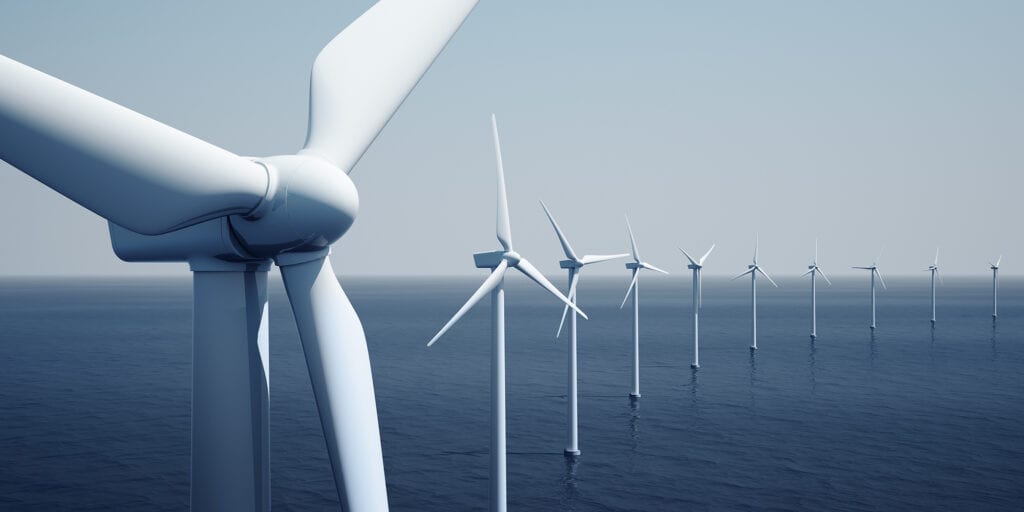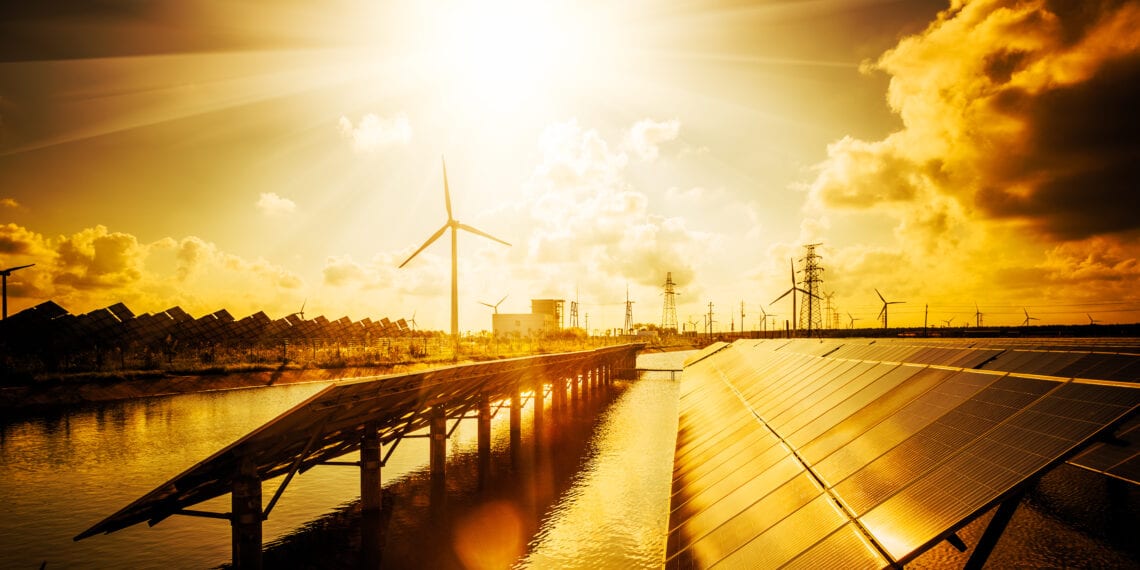Clean energy is generally defined as energy that comes from renewable, zero-emission sources that do not pollute the atmosphere when used, as well as energy saved by energy efficiency measures. What it also is, is a key “green” policy driver for governments and environmentalists as the world looks to reduce CO2 levels.
For many of those pushing for the rapid development of clean energy across the planet, an important step is to fast-track mining and production of the “critical minerals” that will be utilized in the construction of clean energy technology.
So, what are those “critical minerals” and where can they fill a need?
The United States Geological Survey (USGS) has outlined a number of clean energy technologies that will require the discovery and production of particular critical minerals.
Several of the 35 mineral commodities listed as critical by the U.S. Department of the Interior play an important role in solar panels, where the sun’s energy is transformed to electricity.
Arsenic
High-purity arsenic is used to produce gallium-arsenide semiconductors for solar cells.
Gallium
Used in gallium-arsenide and copper-indium-gallium-diselenide thin-film solar cells. In 2018, the U.S. was 100% reliant on foreign sources for gallium.
Germanium
Germanium-based solar cells are commonly used in satellites. In 2018, the U.S. was more than 50% reliant on foreign sources for germanium.
Indium
Used in copper-indium-gallium-diselenide thin-film solar cells. In 2018, the U.S. was 100% reliant on foreign sources for indium.
Tellurium
Used in cadmium-tellurium thin-film solar cells. In 2018, the U.S. relied on foreign sources for more than 75% of its tellurium.
Wind Turbines
Wind turbines are seen as a relatively simple, but increasingly effective clean energy producer. Commodities utilized in the construction of wind turbines include:
Aluminium
Aluminium plays a role in most parts of a wind turbine, particularly in the nacelle, where the transfer of wind power to electricity occurs.
Rare-Earth Elements (REEs)
Responsible for some of the most powerful and efficient magnets on the planet, rare-earth elements enable wind turbines to have smaller, lighter generators.

Batteries
Batteries play an important supporting role for renewable energy sources like wind and solar, allowing excess power to be stored for usage when direct solar or wind power are unavailable. Just like the energy sources they complement, modern batteries rely on critical mineral commodities, particularly cobalt, graphite, lithium, and manganese.
Cobalt
On a global basis, the leading use of cobalt is in rechargeable battery electrodes.
Graphite
Graphite serves as an electrode in many lithium batteries.
Lithium
Lithium has a long history in batteries and is a common material used in batteries today.
Manganese
Manganese serves as an electrode in many lithium batteries. The U.S. was 100% reliant on foreign sources for manganese in 2018.
Nickel
Nickel is making a growing contribution to the lithium-ion batteries that power much of the electric vehicle revolution.
New study
According to a new report from the International Energy Agency (IEA), in the transition to clean energy, the demand for critical minerals brings new challenges to energy security.
The IEA’s May 2021 report, The Role of Critical Minerals in Clean Energy Transitions, also states that the rapid deployment of clean energy technologies as part of energy transitions implies a significant increase in demand for minerals.
The Executive Summary for the IEA report suggests that an energy system powered by clean energy technologies differs profoundly from one fuelled by traditional hydrocarbon resources. It concludes that solar photovoltaic plants, wind farms, and EVs generally require more minerals to build than their fossil fuel-based counterparts.
According to the IEA, a typical electric car requires six times the mineral inputs of a conventional car and an onshore wind plant requires nine times more mineral resources than a gas-fired plant.
The IEA reported that since 2010 the average amount of minerals needed for a new unit of power generation capacity has increased by 50% as the share of renewables in new investment has risen.
The IEA report noted that the types of mineral resources used vary by technology. Lithium, nickel, cobalt, manganese, and graphite are crucial to battery performance, longevity, and energy density, while rare earth elements are essential for permanent magnets that are vital for wind turbines and EV motors.
Meanwhile, it suggested that electricity networks need a huge amount of copper and aluminium, with copper being a cornerstone for all electricity-related technologies.
The IEA report found that the shift to a clean energy system is set to drive a huge increase in the requirements for these minerals, meaning that the energy sector is emerging as a major force in mineral markets.
“Until the mid-2010s, for most minerals, the energy sector represented a small part of total demand. However, as energy transitions gather pace, clean energy technologies are becoming the fastest-growing segment of demand. In a scenario that meets the Paris Agreement goals (as in the IEA Sustainable Development Scenario), their share of total demand rises significantly over the next two decades to over 40% for copper and rare earth elements, 60-70% for nickel and cobalt, and almost 90% for lithium. EVs and battery storage have already displaced consumer electronics to become the largest consumer of lithium and are set to take over from stainless steel as the largest end user of nickel by 2040,” the report states.
The IEA says that as countries accelerate their efforts to reduce emissions, they also need to make sure that energy systems remain resilient and secure.
“Today’s international energy security mechanisms are designed to provide insurance against the risks of disruptions or price spikes in hydrocarbons supply, oil in particular,” the report suggested.
“Minerals offer a different and distinct set of challenges, but their rising importance in a decarbonizing energy system requires energy policy makers to expand their horizons and consider potential new vulnerabilities. Concerns about price volatility and security of supply do not disappear in an electrified, renewables-rich energy system.”
Already we have seen a number of nations include “clean energy minerals” on their critical minerals lists. There has also been a noticeable increase in exploration activities across the globe focussed on the discovery and development of these increasingly valuable commodities.












